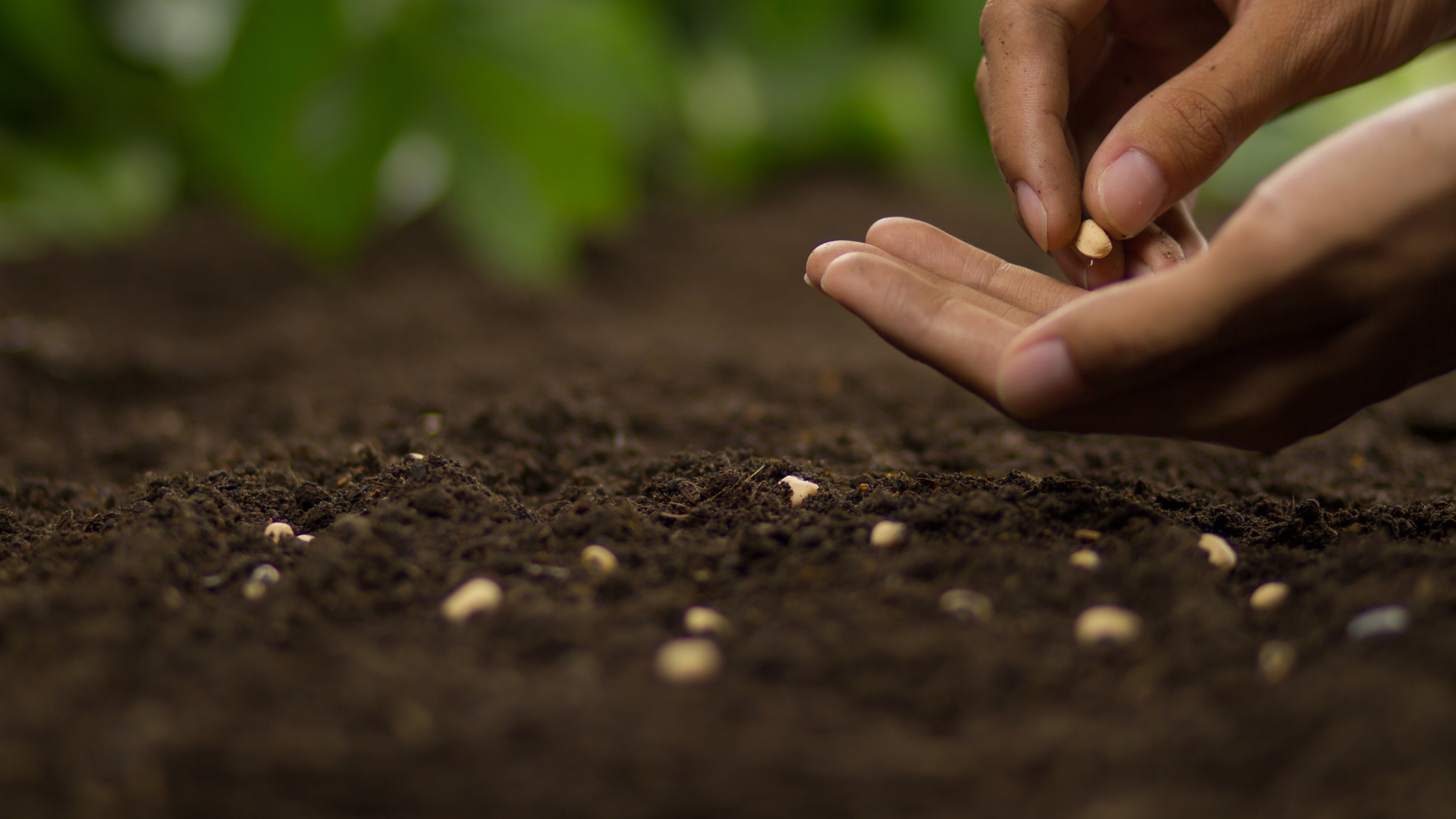Post-Traumatic Growth: Learning How to Thrive After Trauma

Trauma changes us. Whether it’s a little… or a lot.
It’s just a fact.
And after the loss of a loved one, a life-altering event, an emotional wound, or any event that impacts us deeply, it’s common to find ourselves longing for the way life used to be.
But what if I told you that your pain wasn’t just something to endure—but something that could lead to transformation?
Would you believe me?
In this week’s podcast, I’m diving into the concept of Post-Traumatic Growth. A powerful shift that can happen when we begin to rebuild not just our lives, but transform our very understanding of ourselves.
Let’s explore how post-traumatic growth can reshape your journey.
What if I told you that, instead of breaking you forever, research proves that for many people, adversity becomes a catalyst for deep personal development, moving us toward developing more resilience and a more meaningful life?
This is the foundation of Post-Traumatic Growth (or PTG) - the idea that, through deep reflection and healing, trauma can lead to positive personal transformation.
It’s different from “resilience”, which is the ability to bounce back.
PTG is about bouncing forward - toward a new version of yourself shaped by the strength it took to survive.
Growth doesn’t mean forgetting your trauma - it means integrating it in a way that allows you to move forward with greater clarity, strength, and purpose.
It doesn’t automatically happen – and it’s not easy - but it’s possible.
Researchers have observed three common patterns in how people respond to a traumatic experience:
- Some remain stuck in their sadness, unable to move forward, feeling permanently diminished by the experience.
- Most people, over time, recover a similar level of happiness – though it may look different than before.
- And some, through reflection and healing, emerge with more clarity, purpose, and appreciation for life than they had before.
There’s certainly no right or wrong path. For those of us who have experience multiple traumas, we may go through more than one of these responses before something “clicks” and we make a choice to truly move forward.
But knowing that growth is possible can be a powerful form of hope.
While everyone’s experience is unique, research and lived experience suggest there are some key practices that support post-traumatic growth:
1. Education and Self-Awareness
No, not the kind that comes with a diploma.
It’s about examining what beliefs were challenged or shattered by your trauma. What do you believe now? What has shifted inside you? Recognizing this is often the first step toward reframing your story with intention.
2. Processing Your Story
Making sense of your experience matters - whether that is with a therapist, in a support group, through journaling, or just through quiet reflection. This doesn’t mean everything needs to make sense (some experiences defy logic), and it definitely doesn’t mean taking blame for something that happened to you. It’s about having a conversation (whether that is with someone else, or within yourself) and finding language, compassion, and meaning in your pain.
3. Emotional Regulation
Healing takes emotional energy. Learning how to manage overwhelm is key. Tools like breathing, mindfulness (not the same as meditation!), and learning how to reframe our thoughts are all ways to stay grounded as we work through heavy emotions. Find one or two that work for you and practice them regularly – not just when you’re stressed out.
4. Integration and Identity Rebuilding
Redefining who we are and what matters most to us are key components of post-traumatic growth. For some, this means advocacy. For others, it might be creativity, spirituality, or connection. It’s not about going back to being who you were – it’s more about becoming a different version of yourself, rooted in meaning.
5. Service and Gratitude
Turning our pain outward into service to others can be very healing. Practicing gratitude, offering compassion, or simply being present for someone else can powerfully shift how we view our own story.
When my son Micheal died in a workplace tragedy, I felt completely broken. The grief was beyond words. I felt lost, numb, and so full of guilt, anger, and hopelessness that I didn’t know how I would survive it.
The beginning of my movement forward toward healing and growth, was finding a support community of others who understood both the loss and the layers of injustice around it. I started learning coping skills… and I found people who held space for my grief without trying to fix it.
And I think most importantly, it provided a platform to speak out. Advocacy doesn’t erase my pain, but it gives it direction. It gives it purpose.
That purpose became my compass - my “why.” It didn’t fill the hole in my heart… but it is helping me build something around it that is meaningful.
5 Gentle Tools to Try Now
Here are a few practices I’ve found helpful - small things that can help plant the seeds of growth:
✨ Self-Reflection:
I have found journaling to be a powerful way to explore my thoughts. Try bullet journaling if free-writing feels hard. The goal isn’t to write a novel, just to notice what’s behind the thoughts or emotions that come up.
✨ Mindfulness Moments:
Mindfulness is one of the most powerful tools in my “resiliency toolbox”.
It doesn’t need to be complicated. It can be as simple as brushing your teeth mindfully, walking in nature, or drinking a cup of tea without distractions. Be present. Even for 30 seconds.
✨ Supportive Circles:
Spending time with people who offer compassion without judgment, and returning that empathy has been a huge part of my journey forward. It doesn’t need to be a group or organization – but the emotional tools and resources that can be found within a group can be incredibly valuable. Nobody needs to have it all figured out. We’re just walking beside each other.
✨ Purposeful Pursuits:
Engaging in activities that bring you meaning - whether it’s helping others, learning something new, or expressing your creativity - can allow you some space away from your emotions. They are still there, but focusing on something other than your problems can give you some “emotional rest”.
✨ Real Self-Care:
Not just bubble baths, pedicures, or binging Netflix (they have their place in life - but they aren’t true “self-care”). Explore and find things (or even a thing) that actually helps you feel rested or nourished.
Then do that. Often.
If you’re journaling with me, here’s your reflection for today:
What has your pain taught you? And how could you use that lesson to shape your next chapter — or help someone else with theirs?
You don’t need all the answers.
Just start with one small truth.
Because post-traumatic growth isn’t about “getting over” what happened.
It’s about growing through it.
Looking for more tools to help you on your journey? Grab my free Bounce Back Blueprint.
🎧 Haven’t listened to Episode 4 yet?
Click here to listen now and explore how to begin your journey from surviving to thriving.
If this blog helped you - or if the episode touched you in some way - please consider sharing it with someone who might need it. 💜
